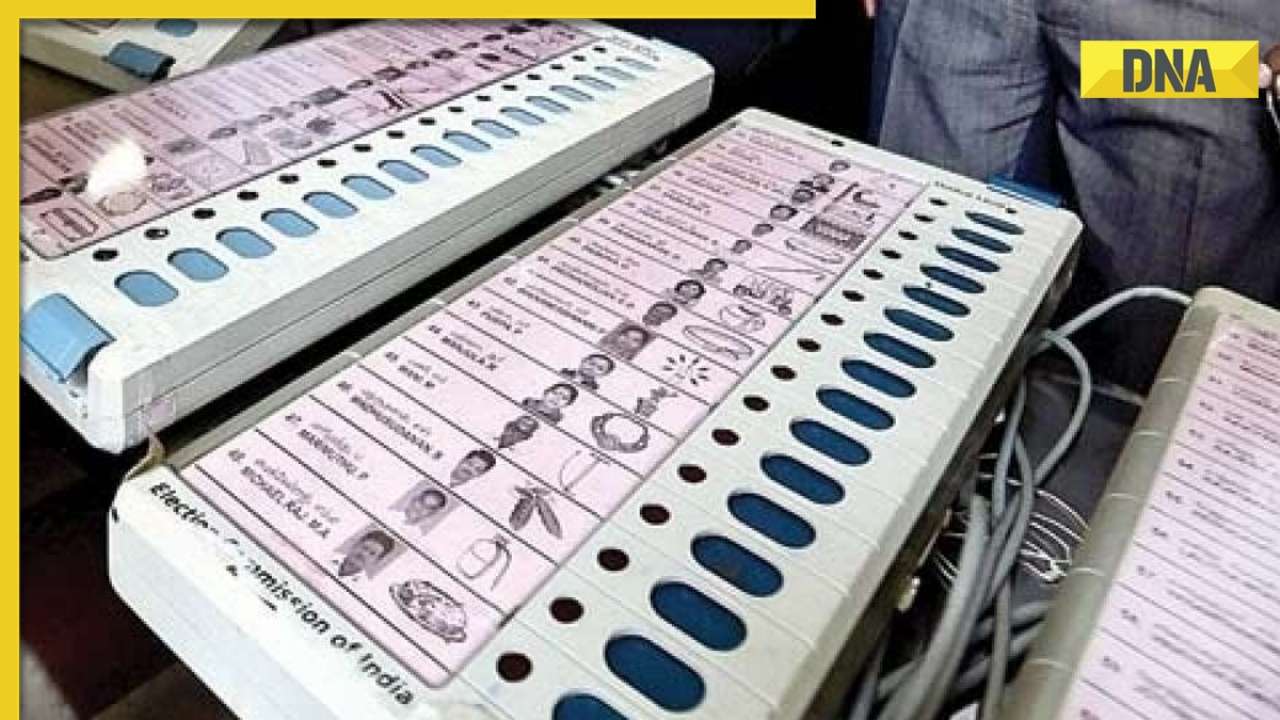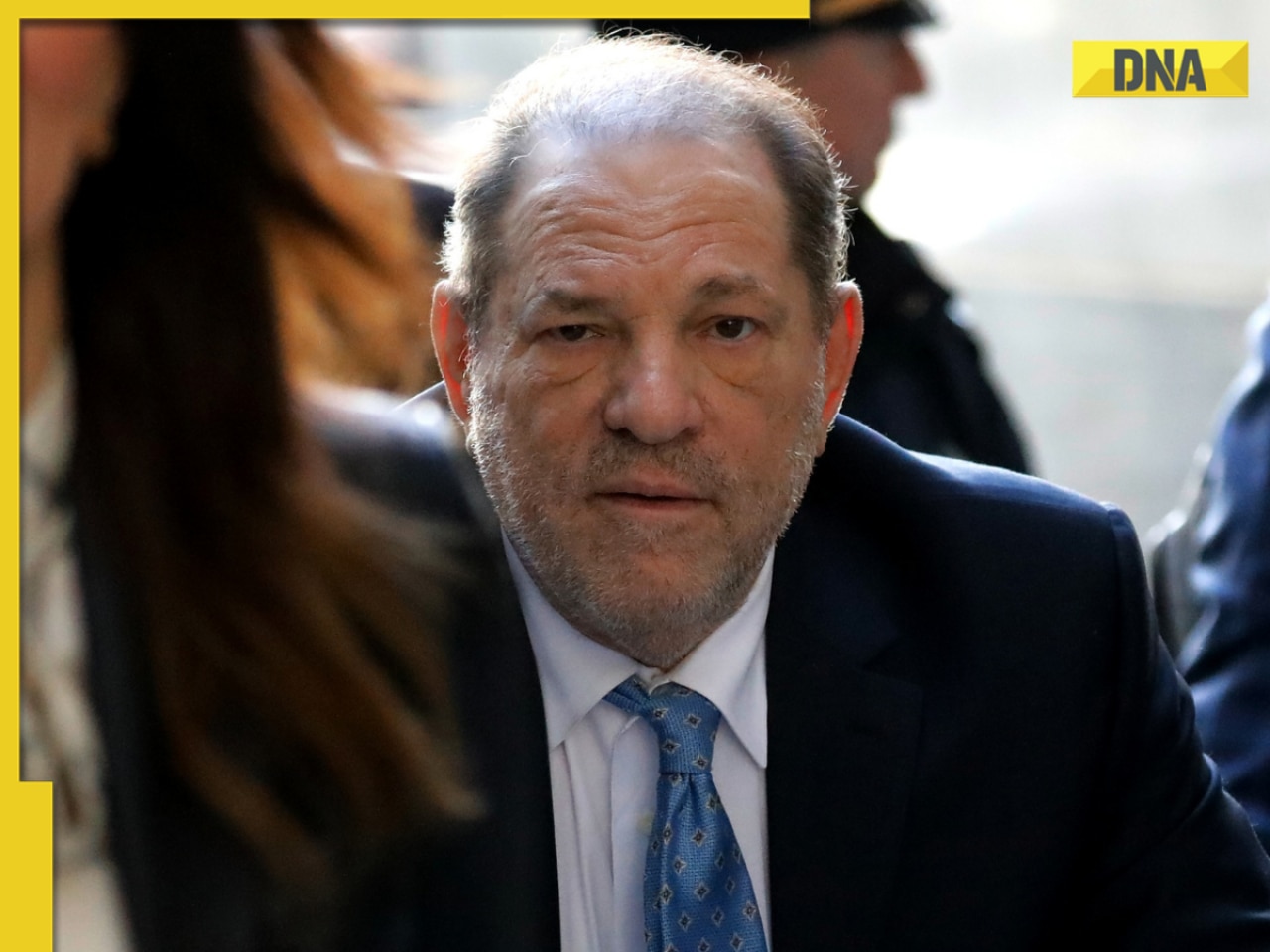The U. S. economy likely accelerated in the second quarter as consumers ramped up spending and businesses invested more on equipment, which would confirm that the sluggish performance early in the year was temporary.
The U.S. economy likely accelerated in the second quarter as consumers ramped up spending and businesses invested more on equipment, which would confirm that the sluggish performance early in the year was temporary.
Gross domestic product probably increased at a 2.6 percent annual rate in the April-June period, according to a Reuters survey of economists. The poll, however, was conducted before the release of data on Thursday that showed a sharp drop in the goods trade deficit in June and strong gains in wholesale and retail inventories.
That data prompted economists to raise their GDP growth forecasts to as high as a 3.5 percent rate, which would be more than double the first quarter's 1.4 percent growth pace. The Commerce Department will release its advance second-quarter GDP estimate on Friday at 8:30 a.m. EDT (1230 GMT).
A rebound in growth, together with a tightening labor market, would leave the Federal Reserve on course to announce a plan to start reducing its $4.2 trillion portfolio of Treasury bonds and mortgage-backed securities in September as well as raise interest rates for a third time this year.
"The Fed is certainly looking for a rebound in the strength of GDP growth that maintains the moderate economic expansion we have seen during this current economic cycle," said Sam Bullard, a senior economist at Wells Fargo Securities in Charlotte, North Carolina. "That would allow plans for further monetary policy tightening."
The U.S. central bank left rates unchanged on Wednesday and said it expected to start winding down its portfolio "relatively soon."
Even if GDP growth regains momentum in the second quarter, it will probably not exceed 2.5 percent for the full year. President Donald Trump had set an ambitious 3.0 percent growth target for 2017.
While the Trump administration has vowed to cut corporate and individual taxes as part of its business-friendly agenda, Republicans' struggles in Congress to pass a healthcare restructuring have left analysts skeptical on the prospects of fiscal stimulus. So far, the impasse in Washington has not hurt either business and consumer confidence.
A resurgence in consumer spending likely accounted for the bulk of the pickup in economic growth in the second quarter. Consumer spending, which accounts for more than two-thirds of the U.S. economy, grew at a 1.1 percent rate in the first quarter, the weakest performance in a year.
"I am a little worried about the consumer in the second half of this year because of the lack of wage growth," said Ryan Sweet, senior economist at Moody's Analytics in Westchester, Pennsylvania. "For consumers to continue to lead the economy we need wage growth to accelerate."
Annual wage growth has struggled to break above 2.5 percent.
BUSINESS SPENDING BOOST
Business spending on equipment is expected to have picked up from the first quarter's 7.8 percent rate, marking a third straight quarterly increase. Investment on nonresidential structures like oil and gas wells likely provided another boost to GDP growth in the second quarter.
While businesses probably continued to carefully manage their inventories, they appeared to spend more in some places. Inventory investment is expected to have been neutral or made a modest contribution to growth after slicing off 1.1 percent percentage points in the first quarter.
Similarly, trade is forecast making little or no contribution to output after adding two-tenths of a percentage point in the first three months of 2017.
Housing was likely a drag on growth in the last quarter. That would follow two straight quarters when investment in homebuilding supported GDP growth. Auto production is expected to have rebounded after slumping in the first quarter.
Alongside the second-quarter GDP report, the government will publish revisions to data going back to 2014, including the first-quarter GDP estimate. Economists expect little change in the growth picture. They believe that a seasonal quirk tends to exert a weak bias on first-quarter GDP.
The government has undertaken to fully address the so-called residual seasonality when it publishes a comprehensive revision of the GDP series in 2018.
"Our rough estimate is that the revision will be close to zero on net," said Daniel Silver, an economist at JPMorgan in New York. "The issue of 'residual seasonality' is likely to persist through the upcoming revision."
(This article has not been edited by DNA's editorial team and is auto-generated from an agency feed.)
![submenu-img]() MBOSE 12th Result 2024: HSSLC Meghalaya Board 12th result declared, direct link here
MBOSE 12th Result 2024: HSSLC Meghalaya Board 12th result declared, direct link here![submenu-img]() Apple iPhone 14 at ‘lowest price ever’ in Flipkart sale, available at just Rs 10499 after Rs 48500 discount
Apple iPhone 14 at ‘lowest price ever’ in Flipkart sale, available at just Rs 10499 after Rs 48500 discount![submenu-img]() Meet man who left high-paying job, built Rs 2000 crore business, moved to village due to…
Meet man who left high-paying job, built Rs 2000 crore business, moved to village due to…![submenu-img]() Meet star, who grew up poor, identity was kept hidden from public, thought about suicide; later became richest...
Meet star, who grew up poor, identity was kept hidden from public, thought about suicide; later became richest...![submenu-img]() Watch: Ranbir Kapoor recalls 'disturbing' memory from his childhood in throwback viral video, says 'I was four years...'
Watch: Ranbir Kapoor recalls 'disturbing' memory from his childhood in throwback viral video, says 'I was four years...'![submenu-img]() DNA Verified: Is CAA an anti-Muslim law? Centre terms news report as 'misleading'
DNA Verified: Is CAA an anti-Muslim law? Centre terms news report as 'misleading'![submenu-img]() DNA Verified: Lok Sabha Elections 2024 to be held on April 19? Know truth behind viral message
DNA Verified: Lok Sabha Elections 2024 to be held on April 19? Know truth behind viral message![submenu-img]() DNA Verified: Modi govt giving students free laptops under 'One Student One Laptop' scheme? Know truth here
DNA Verified: Modi govt giving students free laptops under 'One Student One Laptop' scheme? Know truth here![submenu-img]() DNA Verified: Shah Rukh Khan denies reports of his role in release of India's naval officers from Qatar
DNA Verified: Shah Rukh Khan denies reports of his role in release of India's naval officers from Qatar![submenu-img]() DNA Verified: Is govt providing Rs 1.6 lakh benefit to girls under PM Ladli Laxmi Yojana? Know truth
DNA Verified: Is govt providing Rs 1.6 lakh benefit to girls under PM Ladli Laxmi Yojana? Know truth![submenu-img]() Alia Bhatt wears elegant saree made by 163 people over 1965 hours to Met Gala 2024, fans call her ‘princess Jasmine’
Alia Bhatt wears elegant saree made by 163 people over 1965 hours to Met Gala 2024, fans call her ‘princess Jasmine’![submenu-img]() Jr NTR-Lakshmi Pranathi's 13th wedding anniversary: Here's how strangers became soulmates
Jr NTR-Lakshmi Pranathi's 13th wedding anniversary: Here's how strangers became soulmates![submenu-img]() Streaming This Week: Heeramandi, Shaitaan, Manjummel Boys, latest OTT releases to binge-watch
Streaming This Week: Heeramandi, Shaitaan, Manjummel Boys, latest OTT releases to binge-watch![submenu-img]() Remember Ayesha Kapur? Michelle from Black, here's how actress, nutrition coach, entrepreneur looks after 19 years
Remember Ayesha Kapur? Michelle from Black, here's how actress, nutrition coach, entrepreneur looks after 19 years![submenu-img]() Remember Heyy Babyy's cute 'Angel' Juanna Sanghvi? 20 year-old looks unrecognisable now, fans say 'her comeback will...'
Remember Heyy Babyy's cute 'Angel' Juanna Sanghvi? 20 year-old looks unrecognisable now, fans say 'her comeback will...'![submenu-img]() Haryana Political Crisis: Will 3 independent MLAs support withdrawal impact the present Nayab Saini led-BJP government?
Haryana Political Crisis: Will 3 independent MLAs support withdrawal impact the present Nayab Saini led-BJP government?![submenu-img]() DNA Explainer: Why Harvey Weinstein's rape conviction was overturned, will beleaguered Hollywood mogul get out of jail?
DNA Explainer: Why Harvey Weinstein's rape conviction was overturned, will beleaguered Hollywood mogul get out of jail?![submenu-img]() What is inheritance tax?
What is inheritance tax?![submenu-img]() DNA Explainer: What is cloud seeding which is blamed for wreaking havoc in Dubai?
DNA Explainer: What is cloud seeding which is blamed for wreaking havoc in Dubai?![submenu-img]() DNA Explainer: What is Israel's Arrow-3 defence system used to intercept Iran's missile attack?
DNA Explainer: What is Israel's Arrow-3 defence system used to intercept Iran's missile attack?![submenu-img]() Meet star, who grew up poor, identity was kept hidden from public, thought about suicide; later became richest...
Meet star, who grew up poor, identity was kept hidden from public, thought about suicide; later became richest...![submenu-img]() Watch: Ranbir Kapoor recalls 'disturbing' memory from his childhood in throwback viral video, says 'I was four years...'
Watch: Ranbir Kapoor recalls 'disturbing' memory from his childhood in throwback viral video, says 'I was four years...'![submenu-img]() This superstar was in love with Muslim actress, was about to marry her, relationship ruined after death threats from..
This superstar was in love with Muslim actress, was about to marry her, relationship ruined after death threats from..![submenu-img]() Meet Madhuri Dixit’s lookalike, who worked with Akshay Kumar, Govinda, quit films at peak of career, is married to…
Meet Madhuri Dixit’s lookalike, who worked with Akshay Kumar, Govinda, quit films at peak of career, is married to… ![submenu-img]() Meet former beauty queen who competed with Aishwarya, made debut with a superstar, quit acting to become monk, is now..
Meet former beauty queen who competed with Aishwarya, made debut with a superstar, quit acting to become monk, is now..![submenu-img]() IPL 2024: Jake Fraser-McGurk, Abishek Porel power DC to 20-run win over RR
IPL 2024: Jake Fraser-McGurk, Abishek Porel power DC to 20-run win over RR![submenu-img]() SRH vs LSG, IPL 2024: Predicted playing XI, live streaming details, weather and pitch report
SRH vs LSG, IPL 2024: Predicted playing XI, live streaming details, weather and pitch report![submenu-img]() IPL 2024: Here’s why CSK star MS Dhoni batted at No.9 against PBKS
IPL 2024: Here’s why CSK star MS Dhoni batted at No.9 against PBKS![submenu-img]() SRH vs LSG IPL 2024 Dream11 prediction: Fantasy cricket tips for Sunrisers Hyderabad vs Lucknow Super Giants
SRH vs LSG IPL 2024 Dream11 prediction: Fantasy cricket tips for Sunrisers Hyderabad vs Lucknow Super Giants![submenu-img]() Watch: Kuldeep Yadav, Yuzvendra Chahal team up for hilarious RR meme, video goes viral
Watch: Kuldeep Yadav, Yuzvendra Chahal team up for hilarious RR meme, video goes viral![submenu-img]() Not Alia Bhatt or Isha Ambani but this Indian CEO made heads turn at Met Gala 2024, she is from...
Not Alia Bhatt or Isha Ambani but this Indian CEO made heads turn at Met Gala 2024, she is from...![submenu-img]() Man makes Lord Hanuman co-litigant in plea, Delhi High Court asks him to pay Rs 100000…
Man makes Lord Hanuman co-litigant in plea, Delhi High Court asks him to pay Rs 100000…![submenu-img]() Four big dangerous asteroids coming toward Earth, but the good news is…
Four big dangerous asteroids coming toward Earth, but the good news is…![submenu-img]() Isha Ambani's Met Gala 2024 saree gown was created in over 10,000 hours, see pics
Isha Ambani's Met Gala 2024 saree gown was created in over 10,000 hours, see pics![submenu-img]() Indian-origin man says Apple CEO Tim Cook pushed him...
Indian-origin man says Apple CEO Tim Cook pushed him...
















































)
)
)
)
)
)